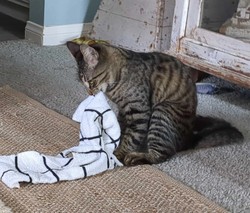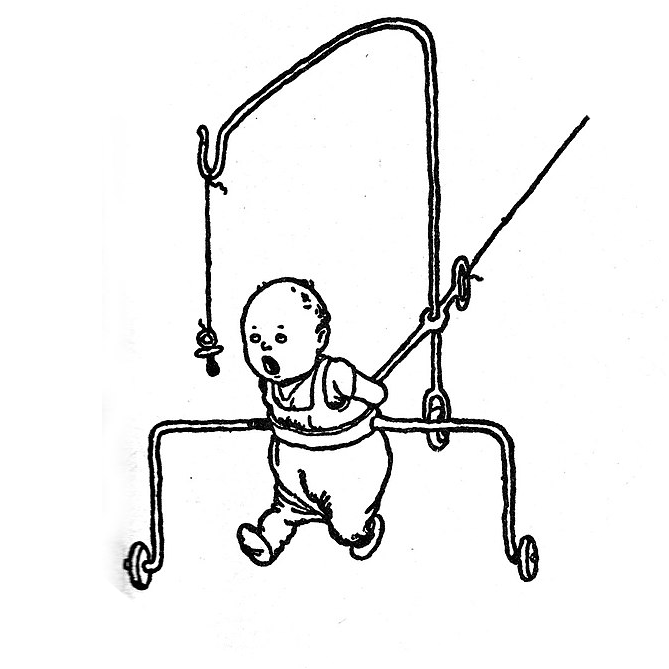Question is directed towards the engineers and machinists here. I think this is primarily a system designed to keep the clamping faces parallel, and perhaps there is some kind of bushing or shoulder bolt.
more context
I know a typical screw and nut in a pair of scissors will not align the blades well enough. I want to understand what kinds of hand finishing processes might be used to remedy the alignment problem. Like is this pictured example using a wave or crush washer to compensate for the alignment variation induced by the thread helix and pitch clearance, or something else likely going on? Does this kind of fastener have a name? Is there a more general variant with wrench flats on both sides or does this design typically require a more involved tooling to create?
In other words I want to have an abstract understanding of the entry point, nuances of application, and investment required to incorporate the design into other DIY type projects. For (a rough) instance, I have run into similar issues with the alignment of optics such as with image sensors.


Thus far my crowning achievement has been differentiating between a 1/2"-20 nut (wrong) and an M12x1.50 (right) for the threaded shank on a temperature sensor mount my partner was holding, from the opposite end of the 20’ long plastic tube extrusion machine we were working on at the time, looking at it upside down while lying on my back underneath the computer access panel.
He thought I was full of shit, so I bet him a dollar. The candy bar I bought from the break room vending machine with that dollar was the best damn candy bar I ever ate.
Fits with the right amount of torque and cross-threading lol